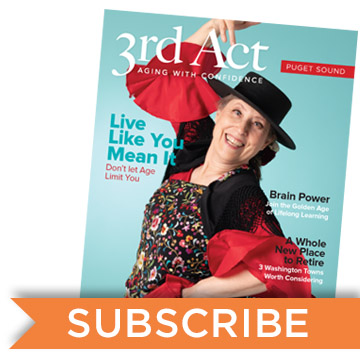Eating healthy doesn’t necessarily have to break the bank. Here are some ways to eat healthy food on a budget
1) When trying to decide whether you should pay more and buy organic or when to save, I recommend using the Environmental Working Group’s “dirty dozen” and the “clean fifteen” as a guideline.
The “dirty dozen” are considered some of the most heavily sprayed crops in terms of herbicides and pesticides whereas the “clean fifteen” are the produce least likely to hold pesticide residues. Therefore, try to buy any of the dirty dozen from organic choices and opt out of organic if it falls under the clean fifteen.
The dirty dozen includes: apples, strawberries, grapes, celery, peaches, spinach, sweet bell peppers, nectarines, cucumbers, cherry tomatoes, imported snap peas and potatoes.
The clean fifteen includes: avocados, sweet corn, pineapples, cabbage, frozen sweet peas, onions, asparagus, mangoes, papayas, kiwis, eggplant, grapefruit, cantaloupe, cauliflower and sweet potatoes. For more info, go to: http://www.ewg.org/
2) Danielle Prestejohn, a certified personal trainer and nutrition coach, recommends doing a kitchen sweep.
“Every once in a while, I hold a “kitchen sweep” week. I don’t buy groceries, instead using up what I have left in my kitchen. Typically, this means that I use any frozen meals or vegetables, cook bulk whole grains and beans, clean out the fridge, and raid the cupboards. This does take a little more creativity than usual, but it’s definitely worth it to save that grocery money for the week. It also ensures I’m using everything I buy in a timely manner so nothing goes to waste” (DaniellePrestejohn.com).
3) Buy in bulk. Make a wish list of all the bulk items you would like to stock in your kitchen, and add a few to your grocery list each week. Registered holistic nutritionist Annabelle Cameron states, “There is nothing that will go further, and is more filling, than whole grains (brown rice, quinoa, millet or buckwheat, for example) and legumes.
They are nutrient dense, rich in fibre, and can be purchased in large amounts very economically” (http://www.mindfulnutrition.ca/).
4) Quality trumps quantity. Healthy foods are nutrient-dense, meaning a little goes a long way. It may seem like more money upfront, but whole foods leave you satisfied longer and stretch your budget further.
When making any changes in your lifestyle, start with small, simple changes first. As I always say, “make a healthy lifestyle a hobby until it becomes a habit.” If you suddenly make large changes to your grocery list, it will be a shock to the wallet. Instead, pick one or two of the above tips and incorporate them into your budget. It will take some planning, but the pay back is huge.

